Growing Tutsan Shrubs: Tips On Tutsan Care In The Garden
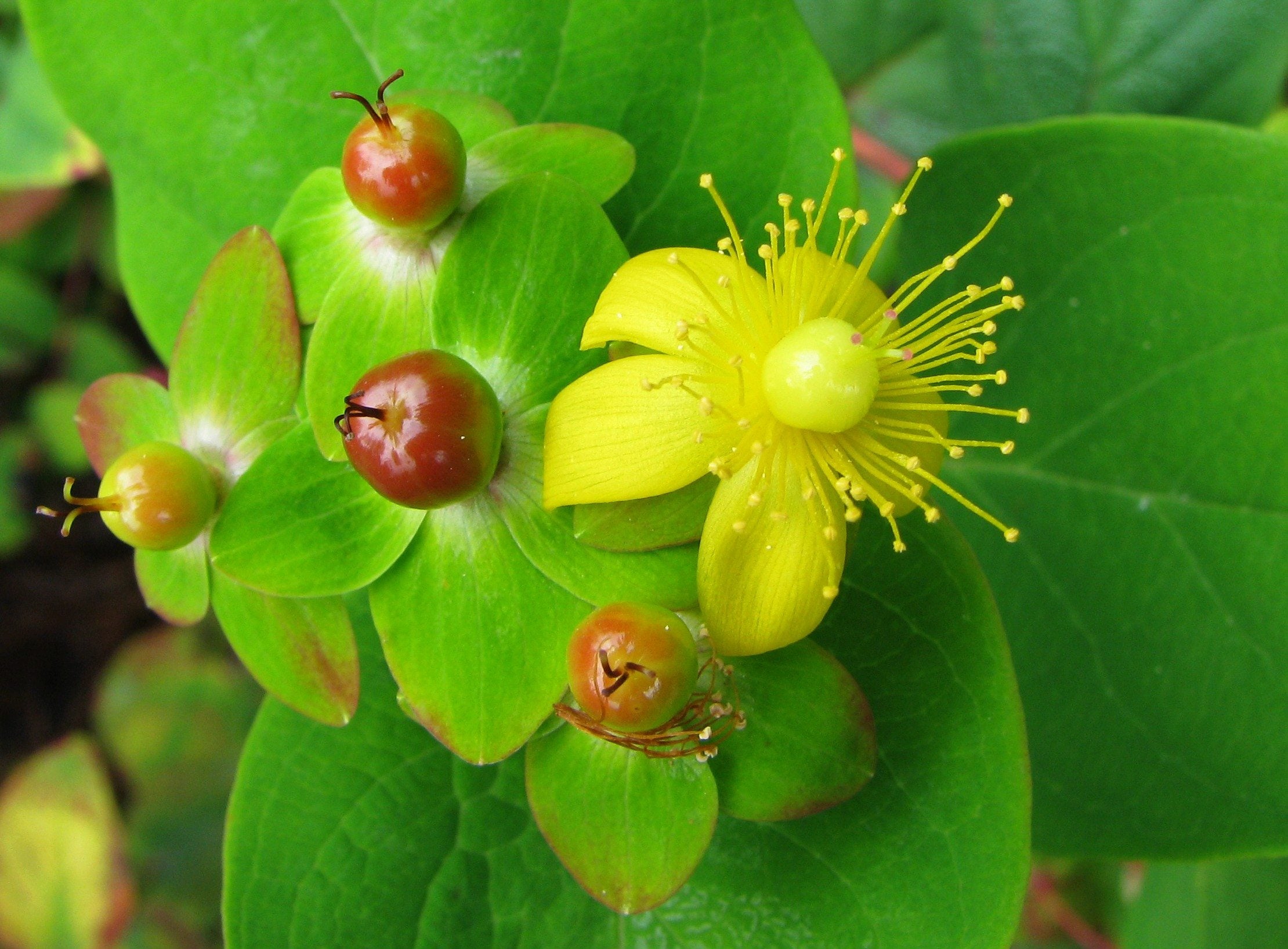

Tutsan is the larger flowered variety of Hypericum, or St. John’s Wort. It is native to western and southern Europe and from the Mediterranean to Iran. It was a common medicinal plant. Regional gardeners were growing Tutsan shrubs to make tinctures that cured all sorts of ills. Today, it is a spectacular deciduous flowering shrub that makes its best showing in June to August with large attractive berries following into September.
Tutsan Plant Info
If you are looking for an easy-to-grow, showy plant with several seasons of interest, look no further than Tutsan St. John’s Wort. The plant is fast growing and can even be sheared severely, giving it a refreshed look in spring. It is a high groundcover that may get 3 feet (1 m.) tall with a similar spread. Mass plantings of Tutsan flowers evoke woodsy appeal in even the most manicured of landscapes. Tutsan St. John’s Wort is an ancient herb with ornamental appeal. Are Tutsan and St John’s Wort the same? They are both forms of Hypericum, but Tutsan has larger floral displays than the Hypericum peiforatum, the wild form of the plant. Tutsan is classed as Hypericum androsaemum. An interesting bit of Tutsan plant info, states that this Hypericum’s leaves were apparently gathered and burned to ward off evil spirits on the eve of St. John’s Day. It has also been used since ancient times to treat wounds and inflammation. You can find it growing wild in damp woods and hedges, rambling around trees and other taller bushes. Tutsan comes from the French words “tout” (all) and “sain” (healthy), an apparent reference to the plant’s use as a healing compound.
Growing Tutsan Shrubs
Tutsan shrubs produce oval to oblong, 4 inch (10 cm.) long leaves of glossy green often adorned with rusty hues. Tutsan flowers are five petaled, golden yellow, and star shaped with bushy yellow stamens. These give way to small, round red fruits that become black with age. Flowers, seeds, and leaves have a camphor-like odor when crushed or bruised. Tutsan seems to take to any soil type so long as it is well draining and any pH, even alkaline. It prefers shady to semi-shaded locations that mimic its natural positioning at the base of woods but can also thrive in sun. Plant seeds in fall or take hardwood cuttings in summer.
Tutsan Care
Hypericum are hardy plants suitable for USDA plant hardiness zones 5 to 10. Keep this species moist but not boggy. Rust is a common issue, but it is relatively unbothered by insects and other disease. Cut the plant back hard in fall for better spring displays. In cold regions, apply a few inches (8 cm.) of mulch around cut plants to protect roots from freezes. Other than that, Tutsan care is practically effortless. Enjoy the frilled golden blooms and bright berries as another performance winner and seasonal eye candy.
Gardening tips, videos, info and more delivered right to your inbox!
Sign up for the Gardening Know How newsletter today and receive a free copy of our e-book "How to Grow Delicious Tomatoes".

Bonnie Grant is a professional landscaper with a Certification in Urban Gardening. She has been gardening and writing for 15 years. A former professional chef, she has a passion for edible landscaping.
-
 Looking For Plants To Give You The Soft And Fuzzies? Try These 5 Fuzzy Leaf Plant Options
Looking For Plants To Give You The Soft And Fuzzies? Try These 5 Fuzzy Leaf Plant OptionsLovers of texture, drama, silver foliage and tactile plants will adore these special sensory garden additions. These fuzzy leaf plant options will leave you all aglow
By Susan Albert
-
 Get Ready For A Summer Of Hummers! Grow These Full Sun Hummingbird Plants and Flowers
Get Ready For A Summer Of Hummers! Grow These Full Sun Hummingbird Plants and FlowersIf you’re lucky enough to enjoy a sunny backyard, make sure you are maxing out on your pollinator opportunities and grow these full sun hummingbird plants and flowers
By Tonya Barnett
-
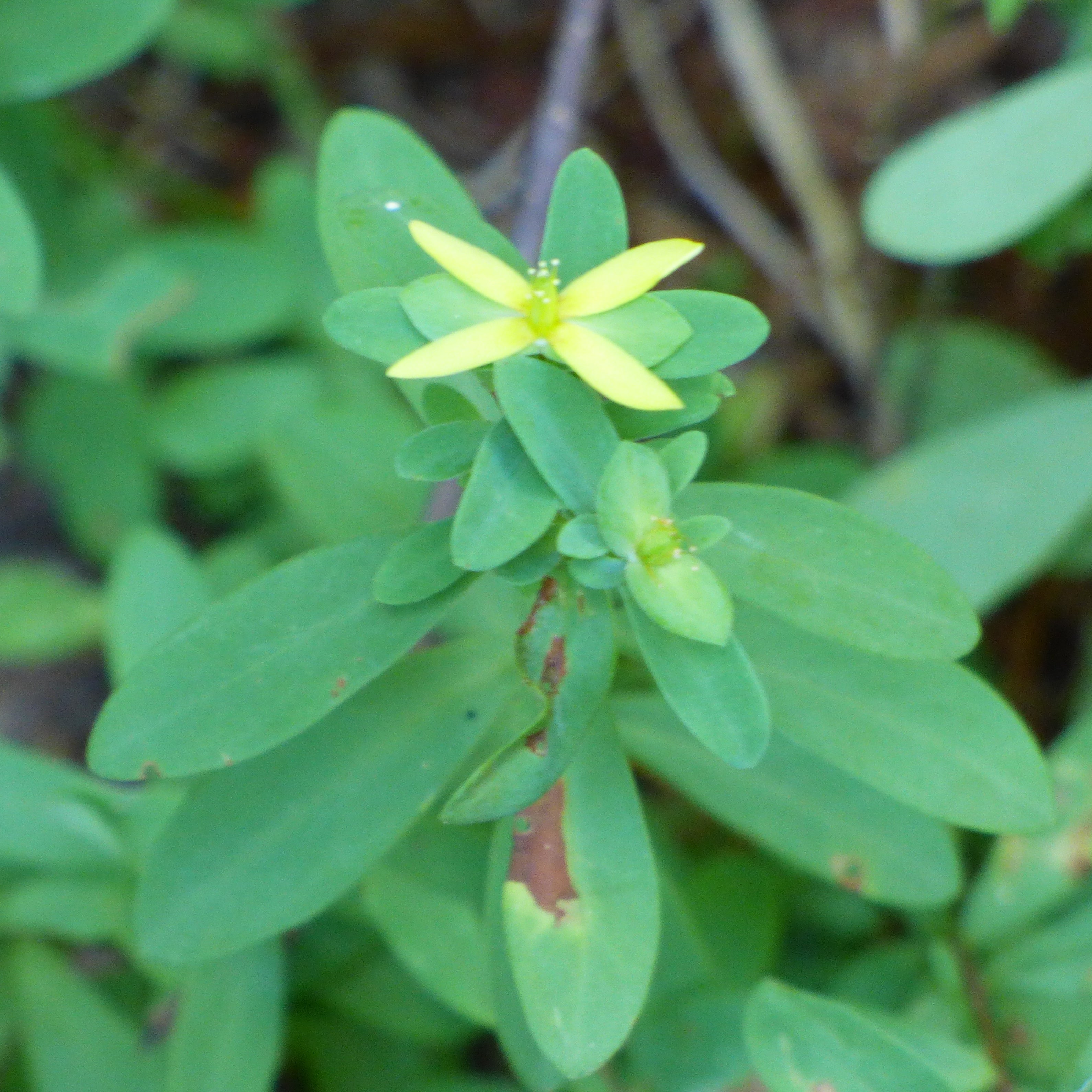 St. Andrew’s Cross Plant – Can You Grow St. Andrew’s Cross In Gardens
St. Andrew’s Cross Plant – Can You Grow St. Andrew’s Cross In GardensSt. Andrew?s cross plant is named for the bright yellow, cross-shaped flowers that appear from early summer until autumn. Growing St. Andrew?s cross in gardens isn?t difficult. Click the following article and learn how to grow St. Andrew?s cross wildflowers.
By Mary H. Dyer
-
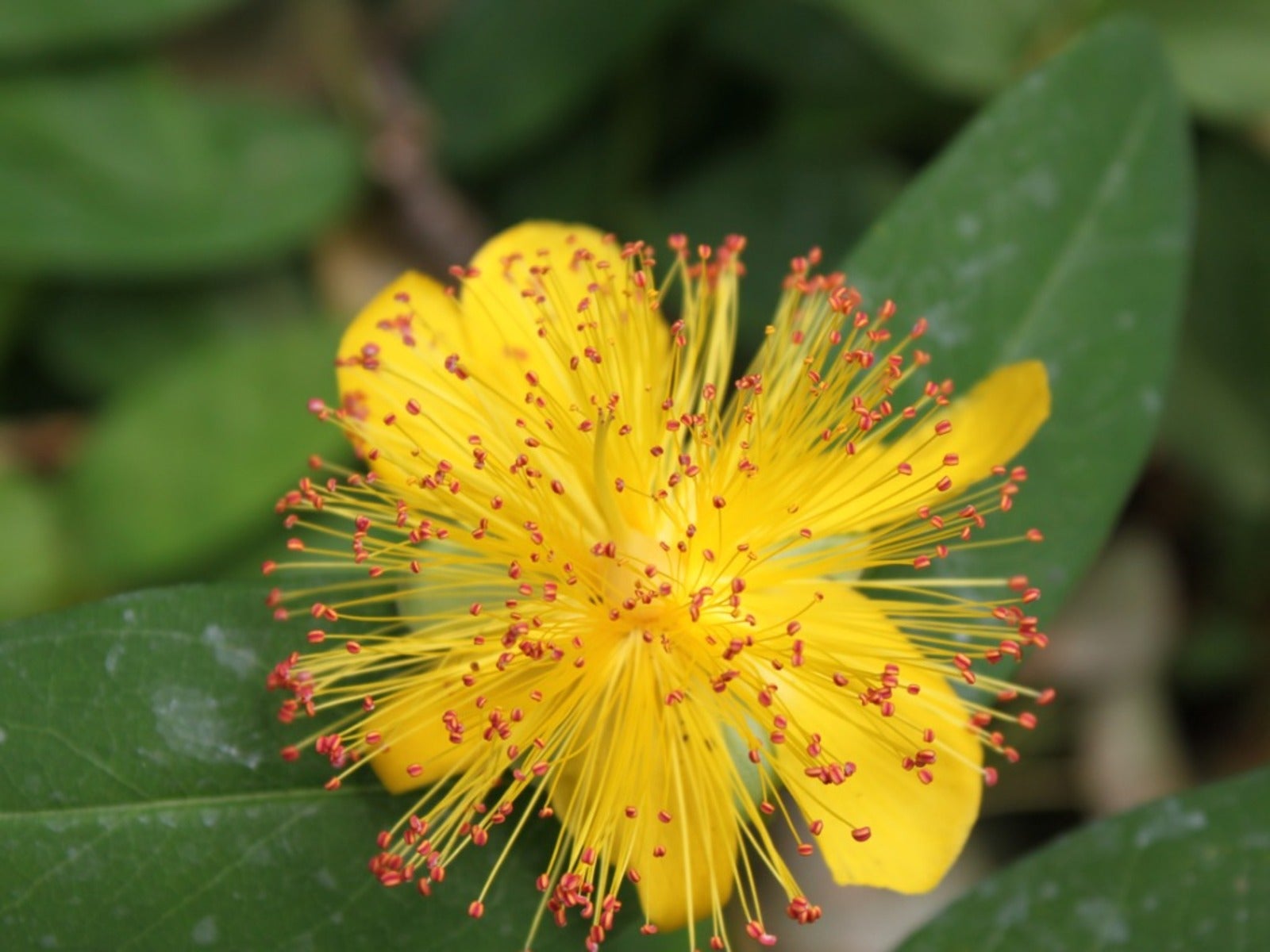 Tips On St. John’s Wort Pruning: When To Cut Back St. John’s Wort
Tips On St. John’s Wort Pruning: When To Cut Back St. John’s WortSt. John's flowers more prolifically if you prune it once a year. Click here for information about St. John's wort pruning.
By Teo Spengler
-
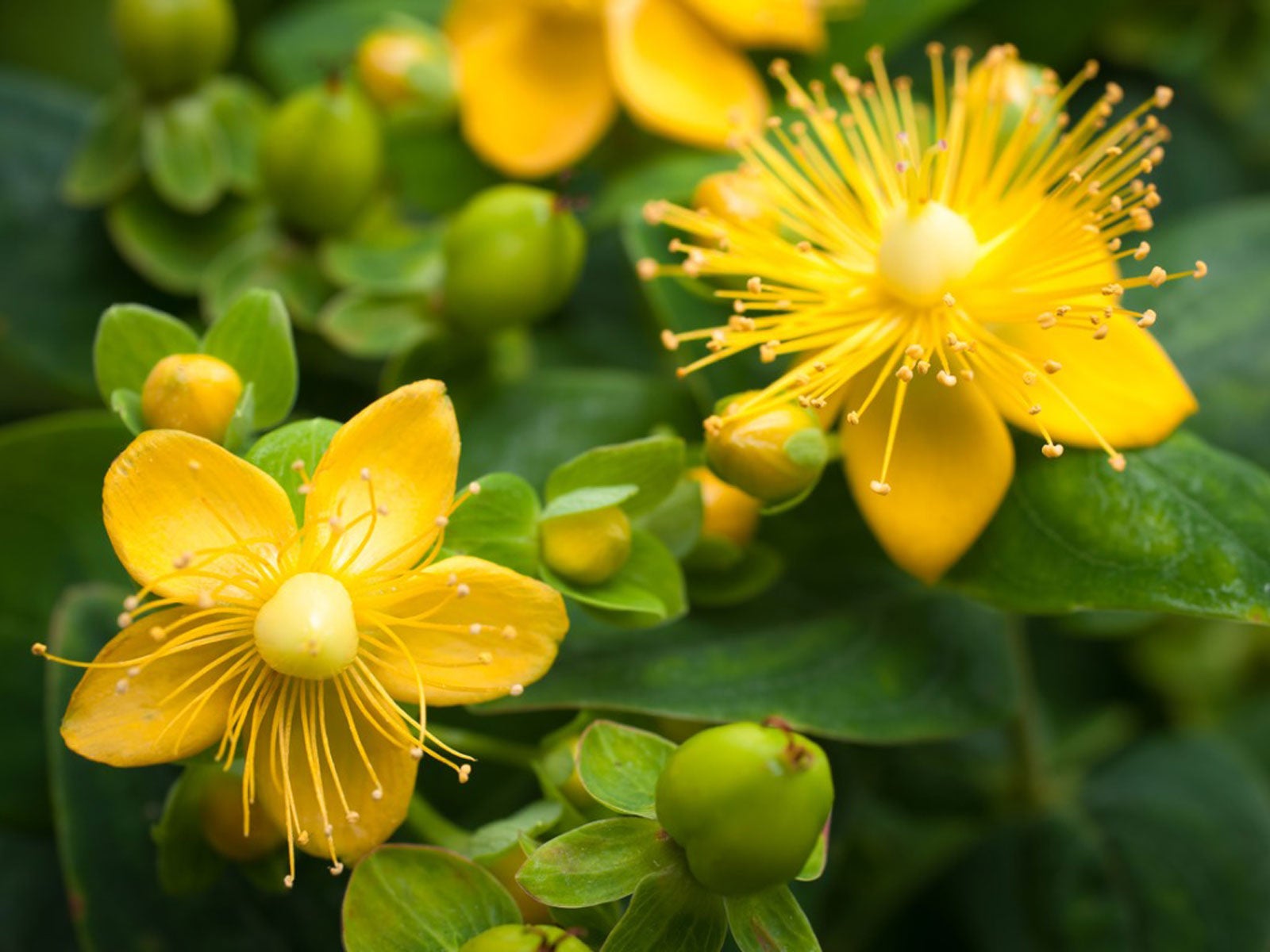 St. John's Wort Plant Care: How To Grow St. John's Wort
St. John's Wort Plant Care: How To Grow St. John's WortSt. John's wort is a pretty little shrub with cheery yellow flowers. Plant care is a snap, and this article will show just how easy it is to grow them.
By Jackie Carroll
-
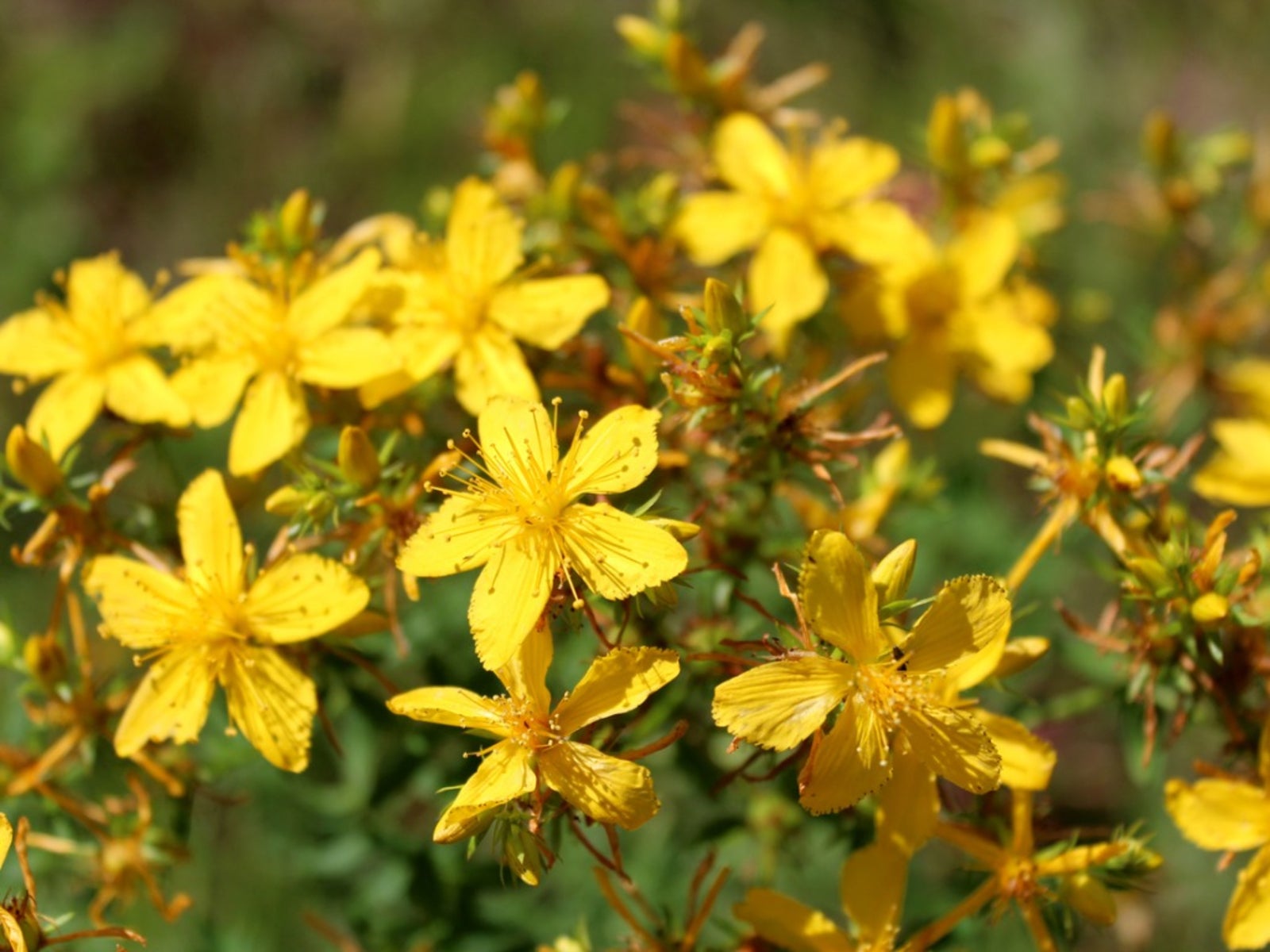 St. John's Wort Control: Learn How To Control St. John's Wort
St. John's Wort Control: Learn How To Control St. John's WortYou may know about St. John's wort for medicinal purposes but when you find it spreading throughout your landscape, your main concern will be getting rid of these plants. This article will help.
By Becca Badgett